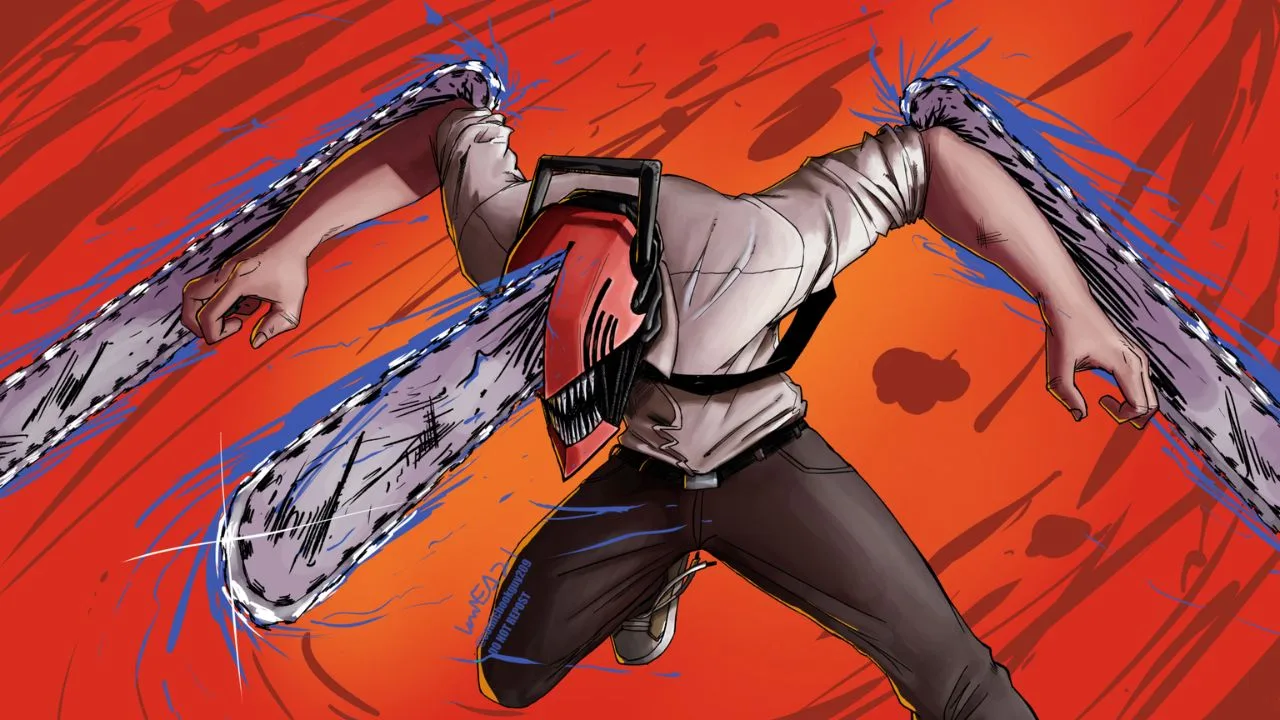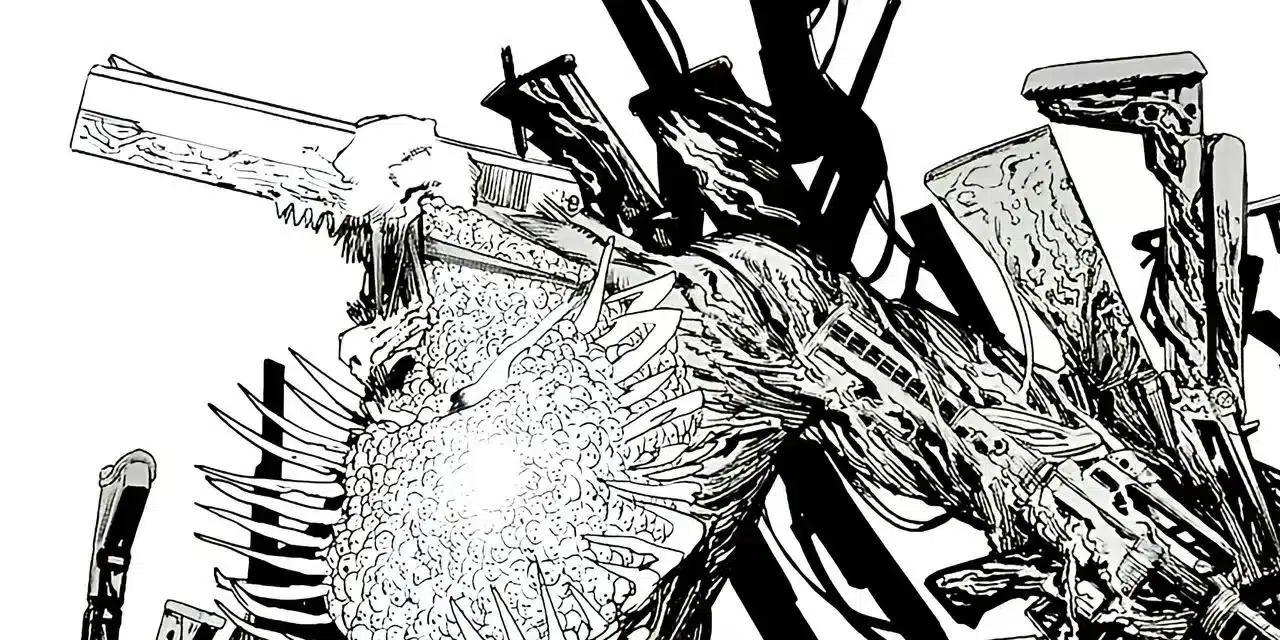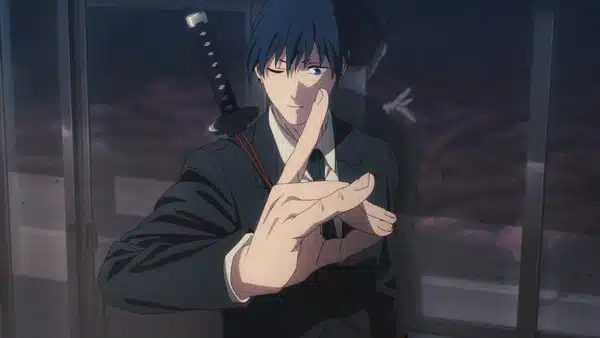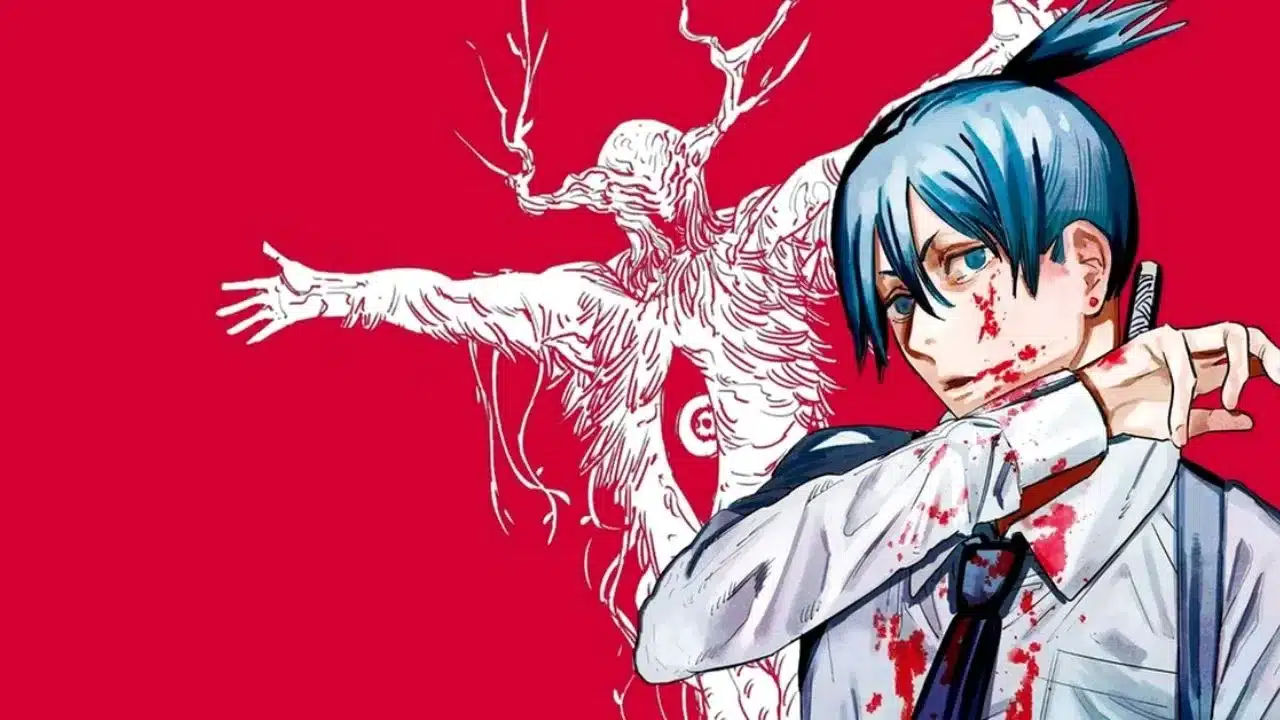In Chainsaw Man, the horror goes beyond grotesque creatures. Among all the demons in Tatsuki Fujimoto's universe, the Gun Demon stands out as the most terrifying. Not only for his sheer power, but for what he represents: the collective fear of gun violence.
- Eiichiro Oda Reveals the Only Pirate Stronger Than Gol D. Roger
- Kagurabachi 88: Spoilers, Release Date and Schedule
Born from global anxiety about wars, weapons, and insecurity, the Gun Demon carries with it a brutal symbolic burden. Thus, its appearance transforms the world, leaving a trail of destruction and redefining the political, social, and emotional balance of all involved.

The origin of the Gun Demon and the collective fear behind its creation
In Chainsaw Man, demons are born from fear. The deeper and more pervasive it is, the more powerful the emerging being becomes. The Gun Demon is a direct reflection of the global paranoia generated by armed conflicts and mass shootings.
This constant panic didn't arise from a single event. It built slowly, fueled by decades of insecurity and violent news reports. Until, thirteen years before the main events of the series, the threat became real: in less than six minutes, the demon killed more than 1.2 million people in Japan alone.
Furthermore, the devastation was so severe that the entire world was thrown into shock. Cameras captured flashes of light, gunshots, and a monstrous figure surrounded by ammunition, like a metallic hurricane.

The global impact of destruction and the birth of a new arms race
After the attack, the Gun Demon's body fragments were scattered across several countries. These fragments, composed of incredibly powerful demonic flesh, became valuable items, as sought-after as nuclear material.
Governments began to hide information about the demon, trying to prevent further outbreaks of panic. At the same time, they drastically expanded the operations of Demon Hunters. The world entered a new era of tension, where fear became a weapon and information a shield.
Furthermore, the illegal trade in this demonic flesh flourished, fueling the black market and transforming pieces of terror into symbols of strategic power.
Aki Hayakawa's pain and the human face of tragedy
The destruction wrought by the Gun Demon didn't just affect nations; it affected lives. Aki Hayakawa, one of the central characters in the novel, lost his entire family in a matter of seconds. This pain shaped his every step from then on.
Driven by revenge and the need to find meaning in the tragedy, Aki joined the Public Security Department and made increasingly risky pacts with other demons. His path is marked by silent sacrifices, carrying within him a grief that never healed.
The author uses Aki as a mirror of the catastrophe. While governments count the dead in spreadsheets and speeches, Aki carries the absence in silence, a mourning that breathes.

What to expect from the gun demon and his transformation?
For a long time, the Gun Demon existed only as a memory. Fragmented and sealed, it seemed harmless. That changed when the President of the United States, fearing Makima's rise, made a direct pact with the demon.
In exchange for a year of the life of every American citizen, the monster was summoned to eliminate Makima. The result was a massacre on a colossal scale. Even incomplete, the Gun Demon devastated everything around it.
Makima, however, managed to subdue the creature and used its body to transform Aki into a Fiend, a possessed entity. This decision led to the most heartbreaking moment of the series: Denji had to confront and kill his best friend, now unconscious.
The Gun Demon as a Symbol of Modern Society
The Gun Demon's threat goes beyond physical strength. He represents a self-repeating cycle: trying to control fear only breeds more fear. In Chainsaw Man, guns promise safety but deliver despair. Demons promise power but demand sacrifice.
Every bullet fired by this villain carries a metaphor: the human attempt to protect with violence what violence has destroyed. Fujimoto exposes the illusion of security and transforms horror into social critique.
Even after its fall, the demon's fragments continue to be used by governments and organizations. Thus, terror never disappears, only changes form.
Stay up to date with more news on our official WhatsApp and follow AnimeNew on Instagram .


